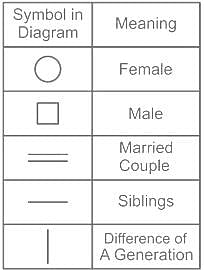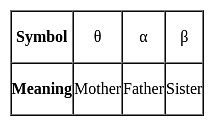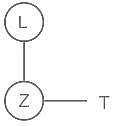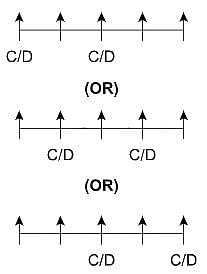APSC AE CE Paper 2 Mock Test - 2 - Civil Engineering (CE) MCQ
30 Questions MCQ Test APSC AE CE Mock Test Series 2024 - APSC AE CE Paper 2 Mock Test - 2
Who among the following murdered Abul Fazl, the official historian of Akbar, at the instigation of Prince Salim in 1602?
Directions to Solve
In each word of the following questions consists of pair of words bearing a relationship among these, from amongst the alternatives, pick up the pair that best illustrate a similar relationship.
Question -
Candle : Wick
Find out the Synonym of the following word:
INDICT
Consider the following statements about Montague Chelmsford reforms.
1. Under Montagu-Chelmsford reforms education was shifted to provincial ministries
2. Government started taking a direct interest in education matters
3. Philanthropic efforts, to grow the education, stopped
Which of these statements are correct?
Find out the Synonym of the following word:
LAMENT
Direction: Read the following passages carefully and answer the question that follows.
Why doesn't the air remain still ? The reason is that air, when it becomes heated, becomes lighter, and it rises. When it rises, other air moves in to take its place. The temperature of air becomes like the surface of the earth over which it travels. Over dry land, the air can become very hot. Then, when the sun goes down, it cools off quickly. Over the water air heats up more slowly and cools off more slowly. These changes cause the movement of air,which we call wind.
Q. Over dry land, the air?
Directions: In questions given below out of four alternatives, choose the one which can be substituted for the given word/sentence.
Q. State in which the few govern the many.
Which of the following utility approach suggests that utility is a measurable and quantifiable entity?
Direction: A word in capital letters is followed by four words. Choose the word that is most nearly opposite in meaning to the word given in capital letters.
NEBULOUS
Who became the first-ever Indian to win a men's singles trophy at a World Table Tennis (WTT) Feeder Series event in Beirut, Lebanon?
Regarding Raja Ram Mohan Roy, consider the following statements:
1. Atmiya Sabha was founded by Debendranath Tagore which was later re-established and renamed as Brahmo Samaj by Rammohan Roy.
2. Brahmo Samaj preached polytheism.
3. He helped William Bentinck to declare the practice of sati a punishable offence.
4. He did not favour inter-caste marriages.
Select the correct answer using the codes below,
A θ B means A is mother of B, A α B means A is father of B, A β B means A is sister of B. What does L θ Z β T mean?
Direction: Out of four alternatives,choose the one which can be substituted for the given words/sentence.
A person coming to a foreign land to settle there
What were the consequences of the revolt of 1857?
1. As per the Queen's proclamation, the era of annexation and expansion has ended, and the British promised to respect the dignity and rights of the native princes
2. The people of India were promised freedom of religion without interference from British officials
Which of these statements is/are correct?
Rafah border crossing is located between which of the following?
A group of friends are sitting in an arrangement with one each at the corner of an octagon. All are facing the centre. Medha is sitting diagonally opposite Radha. Medha is on Seema’s left. Raman is next to Seema and opposite Govind. Govind is on Chandra’s right. Shanti is not on Medha’s right but is opposite to Shashi. Who is opposite Chandra?
Assertion (A): The Harappan Civilization had a highly decentralized form of government.
Reason (R): No monumental architecture, such as palaces or temples, has been found in Harappan sites.
When was the Second Backward Class Commission appointed?
Relative contributions of CO2, CH4, CFCs and N2O towards global warning are
Select the number which can be placed at the sign of the question mark (?) from the given alternatives.

Direction: Choose the option closest in meaning to the OPPOSITE of the word given in capitals.
TENACIOUS
Directions: Each of the following consists of a question and two statements numbered I and II given below it. You have to decide whether the data provided in the statements are sufficient to answer the question.
Five people C, D, E, F and G are sitting in a row and facing north. Who among the following sits exactly in the middle of the row?
Statement I: C sits second from the right end of the row and G sits on the immediate left of C.
Statement II: Only one person sits between C and D. E is not an immediate neighbour of G.
Directions to Solve
In each of the following questions find out the alternative which will replace the question mark.
Question -
68 : 130 :: ? : 350
Directions: In each of the following questions, a sentence has been given in Active (or Passive) Voice. Out of the four alternatives suggested, select the one that best expresses the same sentence in Passive/ Active Voice.
All the examinees have answered one particular question in the long answer writing section.
Then
P: it struck me
Q: of course
R: suitable it was
S: how eminently
The Proper sequence should be:


























